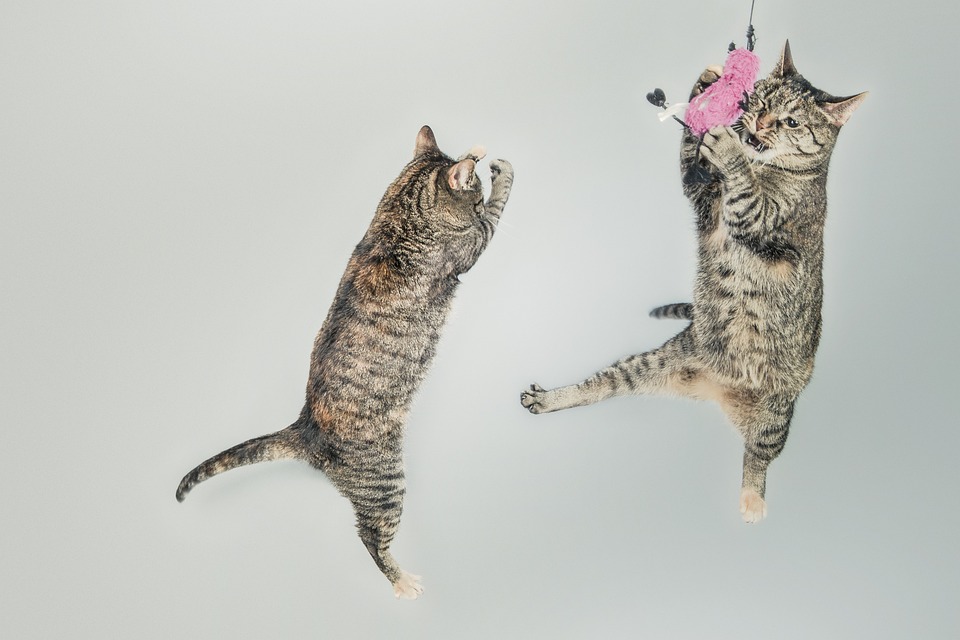Cats are known for their mysterious and captivating eyes, but did you know that these mesmerizing orbs can also provide important clues about their health? One condition that often affects a cat’s eyes is diabetes. In this article, we will delve into the connection between diabetes and cat eye problems, shedding light on the signs, treatment options, and preventive measures. So, if you’re a cat parent or simply a feline enthusiast, read on to learn more about this fascinating topic.
Understanding Diabetes in Cats
Diabetes is a metabolic disorder that occurs when the body fails to produce enough insulin or cannot properly utilize it. Insulin is a hormone responsible for regulating blood sugar levels. In cats, diabetes is relatively common, especially among overweight or obese individuals. Just like in humans, diabetes in cats can have detrimental effects on various organs, including the eyes.
The Role of Diabetes in Cat Eye Problems
Diabetes can lead to a condition called diabetic retinopathy, which affects the blood vessels in the retina, the light-sensitive tissue at the back of the eye. When blood sugar levels are consistently high, the blood vessels in the retina can become damaged, leaky, or even blocked. As a result, the retina may not receive an adequate blood supply, leading to vision problems and potential blindness in severe cases.
Signs and Symptoms of Cat Eye Problems Associated with Diabetes
If your cat has diabetes, it’s essential to monitor their eyes for any potential problems. Here are some common signs and symptoms that may indicate cat eye problems related to diabetes:
1. Cloudy or hazy eyes: Diabetes can cause the lens of the eye to become cloudy, leading to a condition known as cataracts. Cataracts can progress rapidly in diabetic cats and may cause partial or complete vision loss if left untreated.
2. Increased tear production: Diabetic cats may experience excessive tear production, resulting in watery or teary eyes. This can be a sign of inflammation or irritation in the eye.
3. Red or bloodshot eyes: High blood sugar levels in diabetic cats can lead to inflammation of the blood vessels in the eyes, causing redness or bloodshot appearance.
4. Vision changes: Cats with diabetic retinopathy may show signs of vision impairment, such as bumping into objects, reluctance to jump, or difficulty navigating familiar surroundings.
If you notice any of these symptoms in your feline companion, it’s crucial to consult your veterinarian promptly.
Treatment Options for Cat Eye Problems Associated with Diabetes
When it comes to treating cat eye problems associated with diabetes, early intervention is key. Here are some treatment options commonly recommended by veterinarians:
1. Insulin therapy: Properly managing your cat’s diabetes through insulin injections can help stabilize blood sugar levels and prevent further damage to the eyes.
2. Cataract surgery: If cataracts have developed, your veterinarian may recommend surgical removal to restore vision. This procedure involves replacing the cloudy lens with an artificial one.
3. Anti-inflammatory medications: In cases of inflammation or eye irritation, your veterinarian may prescribe anti-inflammatory medications to alleviate discomfort and reduce redness.
It’s important to follow your veterinarian’s guidance closely and establish a regular monitoring routine to ensure your cat’s eye health is maintained.
FAQs: Frequently Asked Questions
Q: Can diabetes in cats be prevented?
A: While there is no foolproof way to prevent diabetes in cats, maintaining a healthy weight through a balanced diet and regular exercise can reduce the risk.
Q: Are all diabetic cats prone to eye problems?
A: Not all diabetic cats will develop eye problems; however, it’s essential to monitor their eyes regularly and seek veterinary care if any symptoms arise.
Q: Can cat eye problems related to diabetes be reversed?
A: With proper management of diabetes and timely intervention, some eye problems associated with diabetes, such as cataracts, can be treated effectively, restoring vision in many cases.
Q: How often should I take my diabetic cat for eye check-ups?
A: It’s recommended to have your cat’s eyes checked by a veterinarian at least once a year, or as advised by your veterinarian based on your cat’s specific needs.
In Conclusion
Cats with diabetes are more susceptible to eye problems, including cataracts and diabetic retinopathy. Monitoring your cat’s eyes for any signs of trouble and seeking prompt veterinary care can help preserve their vision and overall well-being. Remember, early intervention and diligent management of diabetes are crucial for maintaining your feline friend’s eye health. By staying informed, observant, and proactive, you can provide the best possible care for your beloved cat.








